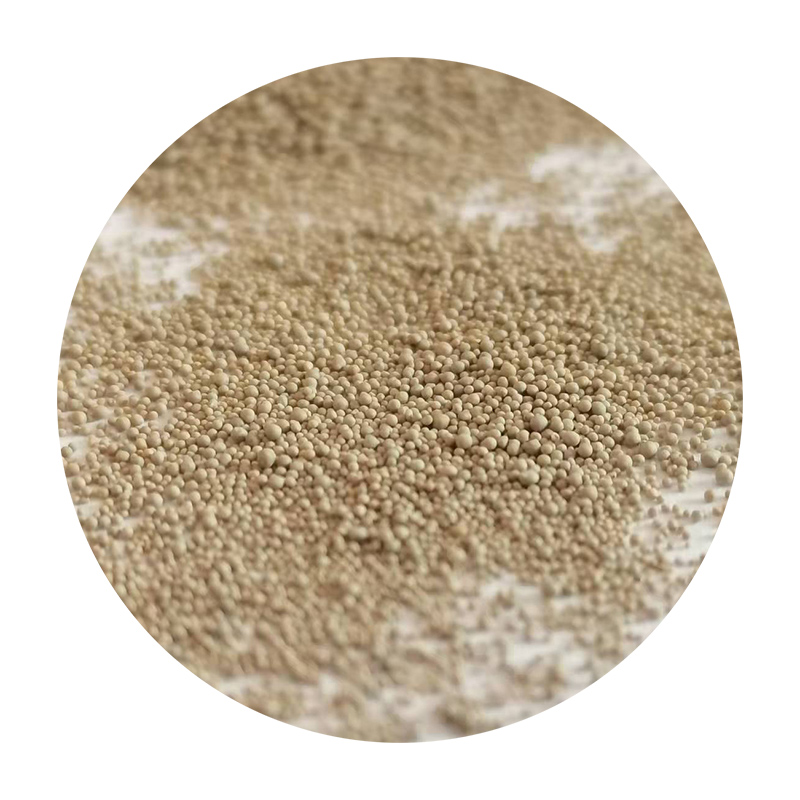Understanding Sintered Sand A Step Towards Sustainable Construction
In recent years, the construction industry has undergone significant transformations as it seeks sustainable building practices to mitigate environmental impact. One innovative material making waves in this field is sintered sand. This article explores the properties, manufacturing process, applications, and benefits of sintered sand, shedding light on its potential to revolutionize construction.
What is Sintered Sand?
Sintered sand is produced through a process that involves heating sand to a high temperature without melting it. During this process, the sand grains partially melt at their surfaces, causing them to fuse together. This results in a material that exhibits enhanced strength, durability, and reduced porosity compared to traditional sand. The sintering process can be tailored to achieve various characteristics by adjusting temperature and pressure, making it a versatile material for different applications.
Manufacturing Process
The production of sintered sand begins with selecting high-quality silica sand, which serves as the primary raw material. The sand is then processed to remove impurities and to create a uniform grain size. Next, it undergoes heating in a controlled environment, often in a furnace. The temperature is carefully monitored to ensure that it reaches the sintering point—typically between 1,200 and 2,000 degrees Celsius. This crucial step allows the sand to begin fusing together, forming a solid, cohesive structure.
Once the desired sintering is achieved, the material is cooled gradually to maintain its integrity. This cooling phase is essential, as it helps to relieve internal stresses that may have developed during the heating process. After cooling, the sintered sand can be crushed, granulated, or processed further, depending on its intended use.
Applications of Sintered Sand
sintered sand

Sintered sand boasts a wide range of applications, particularly in construction and engineering. One of its primary uses is in the production of concrete and mortar, where it serves as a high-performance aggregate. Its increased strength and reduced porosity improve the overall durability of these mixtures, making them ideal for use in structures subjected to harsh environmental conditions.
Additionally, sintered sand is utilized in 3D printing for creating intricate architectural designs and components. Its ability to maintain structural integrity while being lightweight enables architects and designers to explore innovative designs that were previously unfeasible.
Moreover, sintered sand plays a crucial role in environmental remediation. Its porous nature allows it to act as a filter, effectively trapping pollutants and contaminants from water and soil. By employing sintered sand in biofiltration systems, municipalities can improve water quality and sustainably manage waste.
Benefits of Sintered Sand
The advantages of sintered sand extend beyond its physical properties. One of the most significant benefits is its reduced environmental impact compared to conventional construction materials. The sintering process requires less energy than the production of other aggregates, leading to lower carbon emissions. Additionally, by using sintered sand, we can repurpose industrial waste materials, further promoting recycling and sustainability.
Furthermore, sintered sand enhances the longevity of structures due to its increased resistance to wear and weathering. This durability reduces maintenance costs and the need for frequent repairs, making it a cost-effective choice for builders and developers.
Conclusion
Sintered sand represents a significant advancement in sustainable construction materials. Its unique properties, versatile applications, and environmental advantages position it as a critical component in the quest for greener building practices. As the construction industry continues to evolve, materials like sintered sand will play an essential role in shaping a sustainable future, paving the way for innovative construction techniques and resilient structures. Embracing such materials is not just a trend; it is a necessary step towards responsible construction and environmental stewardship.
Post time:10월 . 09, 2024 13:43
Next:Innovative Uses of Resin Bound Sand in Modern Construction and Landscaping
